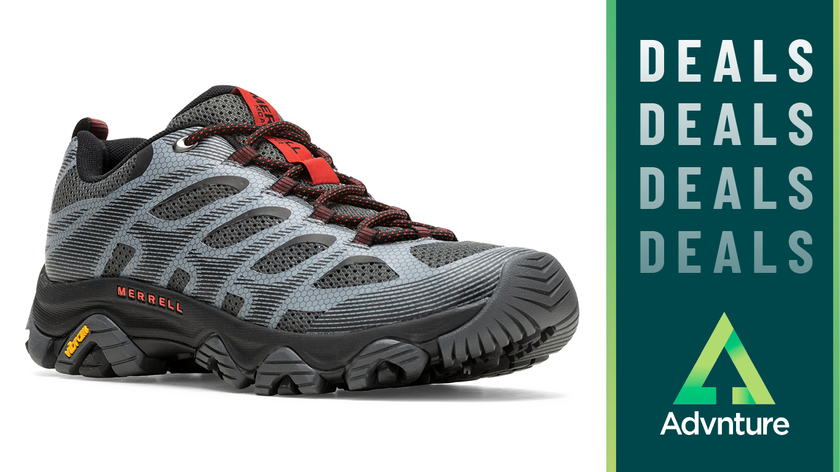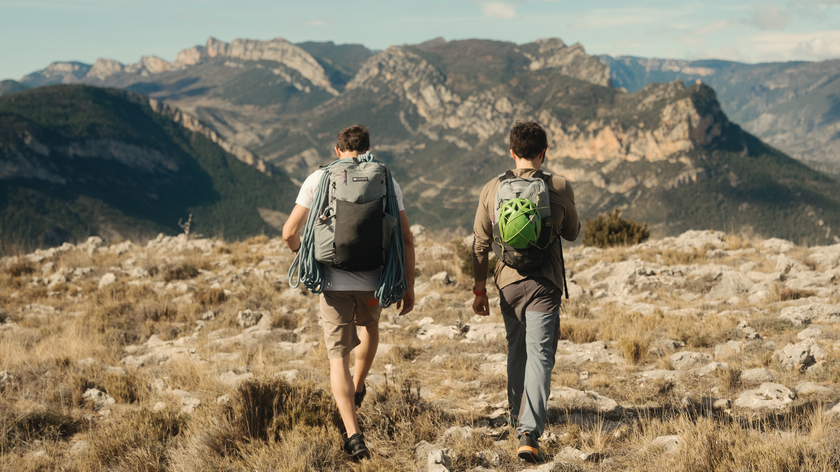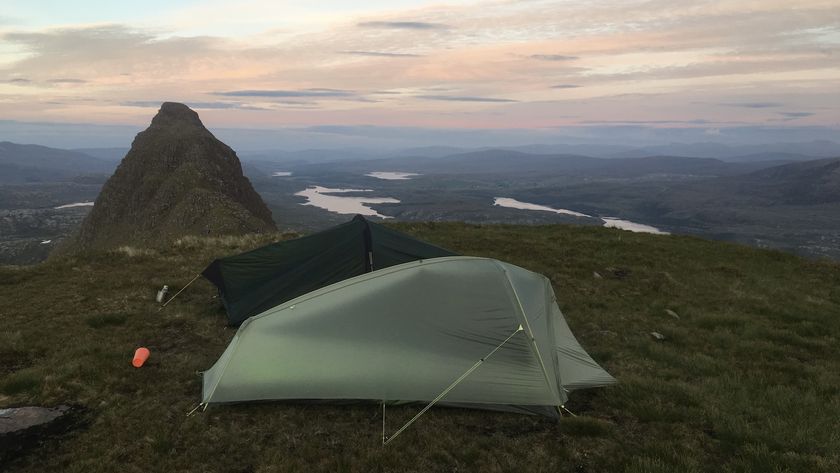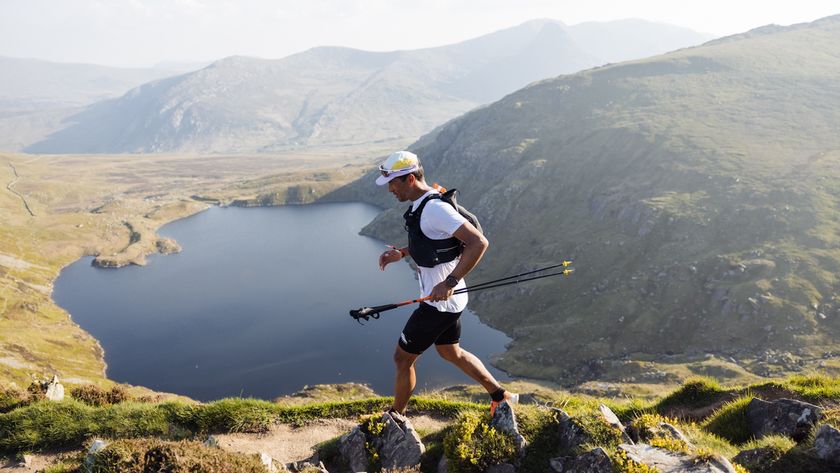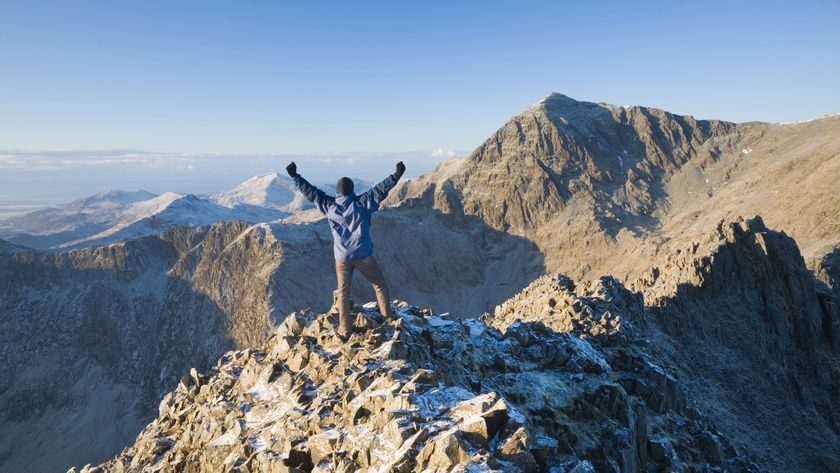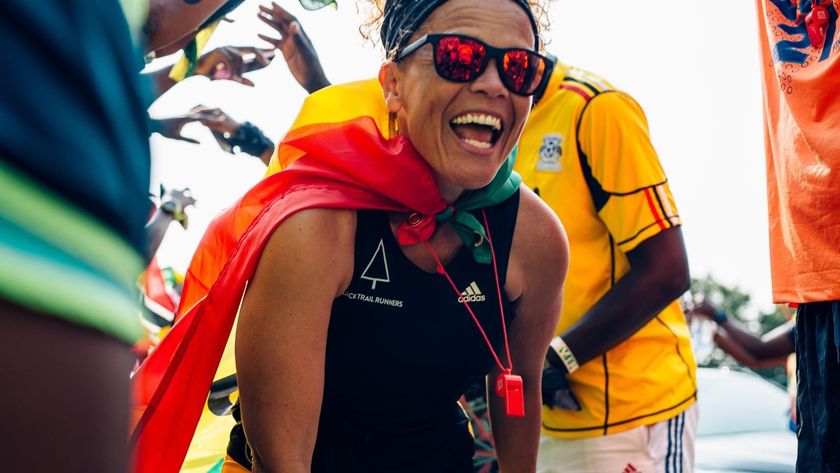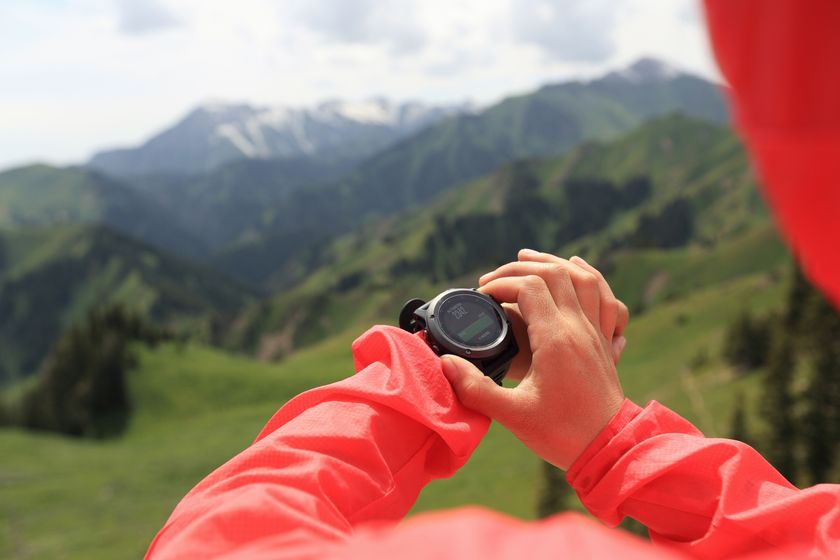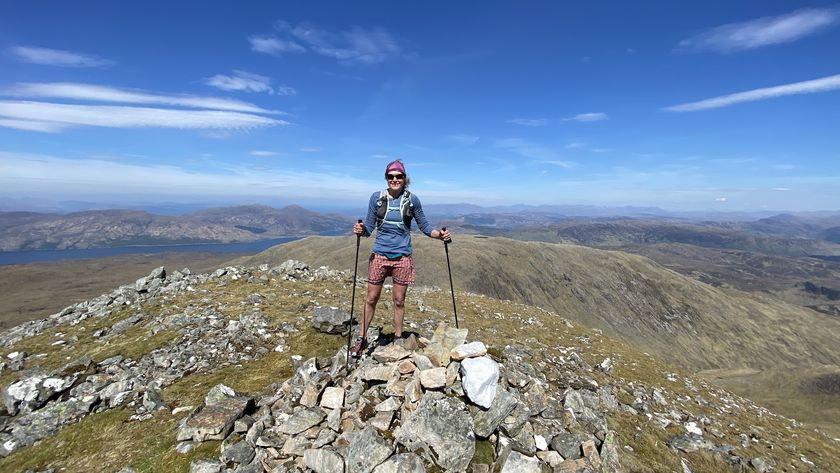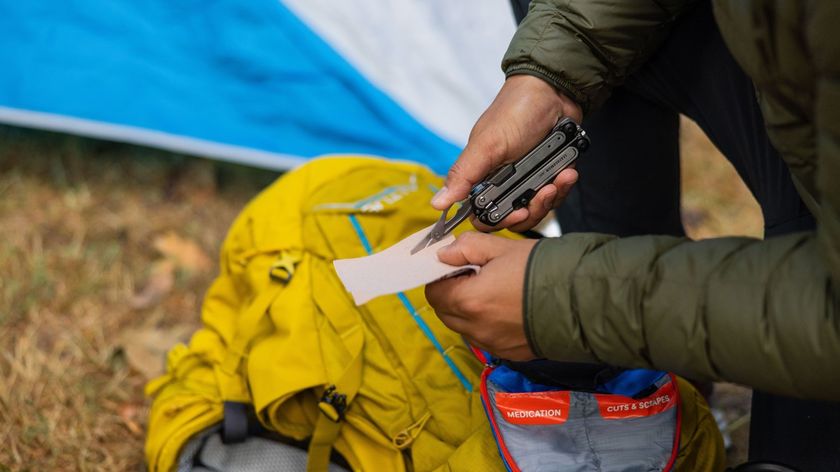Beat the heat, cold and crowds with a flip flop thru-hike
A flip flop thru-hike offers a non-traditional approach to long-distance walking that allows hikers to avoid weather extremes and beat the crowds

You’ve heard of thru-hiking and section hiking, but what about a flip-flop thru hike? No, we’re not advocating for wearing the flimsiest footwear on the planet for hikes of any length. Flip flop thru-hiking still very much involves you walking in a reliable pair of hiking boots or hiking shoes, but this approach to tackling a long-distance trail is catching on among those who want to avoid some of the typical pitfalls of thru-hiking.
Whether you want to take on over 2,000 miles of the iconic Appalachian Trail from Georgia to Maine or just hike a hundred miles from Scotland’s urban center through the Highlands on the West Highland Way, there’s something romantic about going on a long walk. But let’s be clear, the reality of it is far from sexy. America's best thru-hikes such as the National Scenic Trails can be congested, especially during the milder months when conditions are the most hospitable, and tackling the really long north/south trails means you’ll be dealing with both exceptionally hot and humid weather (and often wildfires on the Pacific Crest Trail) at one end and snow at the other.

One option, of course, is to section hike a trail over a period of years, where you might not miss the crowds but you can stick to fair weather conditions. But for those that want to test their own limitations and complete a long distance hike in a oner (or only have a certain amount of time to do so), a flip flop thru-hike can provide another way to accomplish your mission outrightly.
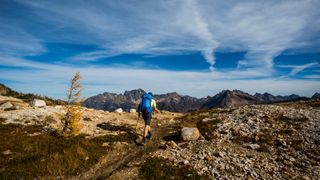
What is a flip flop thru-hike?
A flip flop thru-hike means that, rather than start your hike at one of the two terminuses at either end, you pick a point somewhere in between and start hiking in one direction to the end. As soon as you reach the end, you take transportation back to your original starting point and hike in the other direction, to the other end. Upon arrival, you’ve completed the entire trail in one attempt, but in a different order from the traditional approach, and in two different directions. This can mean you avoid the worst of the weather and end up ahead of the crowds, or moving in the opposite direction from the crowds, delivering a quieter experience.
To understand the approach better, let’s take a look at one of the suggested flip-flop itineraries from the Appalachian Trail Conservancy. The average hiker takes about six months to hike the Appalachian Trail. If you start out in Springer, GA in April, the temperatures will already be warm, in the 70s, but not oppressive. Nearly a thousand miles later in northern Virginia, you’re almost halfway, but it’s July and it’s sweltering. By the time you reach New England in the early fall, you’ll be happy for the cooler weather, but at high elevations like Mount Katahdin in Maine, you’ll be shivering away in the 50s, if you’re lucky, and could easily be looking at snow. Try starting from Maine instead and chances are the temperatures will be around freezing.
Instead, you could start your hike at Harper’s Ferry, VA in May before the ferocious heat of summer arrives and head north from there, arriving after the snow has melted from last winter but before it returns. This also puts you ahead of the crowds starting at the same time as you back in Georgia. Then from Maine, head back to Harper’s Ferry in early September and head south, escaping most of the really hot weather hiking on your way down to Georgia. If you’re slower, some of the southbound hikers might catch up with you here, of course, but remember that the majority of AT hikers are going northbound anyway.
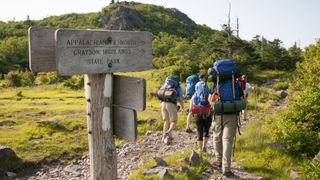
There are even more complicated approaches to flip flop thru-hiking, that involve three or four legs in varying directions which can allow you to essentially “leapfrog” over weather extremes or other risks like wildfires. Of course, the more traveling you do to move between sections, the more the adventure might end up costing you, but you might be more comfortable, if comfort on a thru-hike is really possible.
Advnture Newsletter
All the latest inspiration, tips and guides to help you plan your next Advnture!
If you’re worried that the flip flop approach to thru-hiking is somehow less impressive or ambitious, you can rest assured that it’s a technique employed by many hard core hikers. In fact, a college duo who became the youngest to complete a calendar year Triple Crown in 2021 (that’s nearly 8,000 miles) managed to do so by flip flopping between sections on different trails.
So go ahead, grab your hiking boots and try the flip flop.
Julia Clarke is a staff writer for Advnture.com and the author of the book Restorative Yoga for Beginners. She loves to explore mountains on foot, bike, skis and belay and then recover on the the yoga mat. Julia graduated with a degree in journalism in 2004 and spent eight years working as a radio presenter in Kansas City, Vermont, Boston and New York City before discovering the joys of the Rocky Mountains. She then detoured west to Colorado and enjoyed 11 years teaching yoga in Vail before returning to her hometown of Glasgow, Scotland in 2020 to focus on family and writing.

